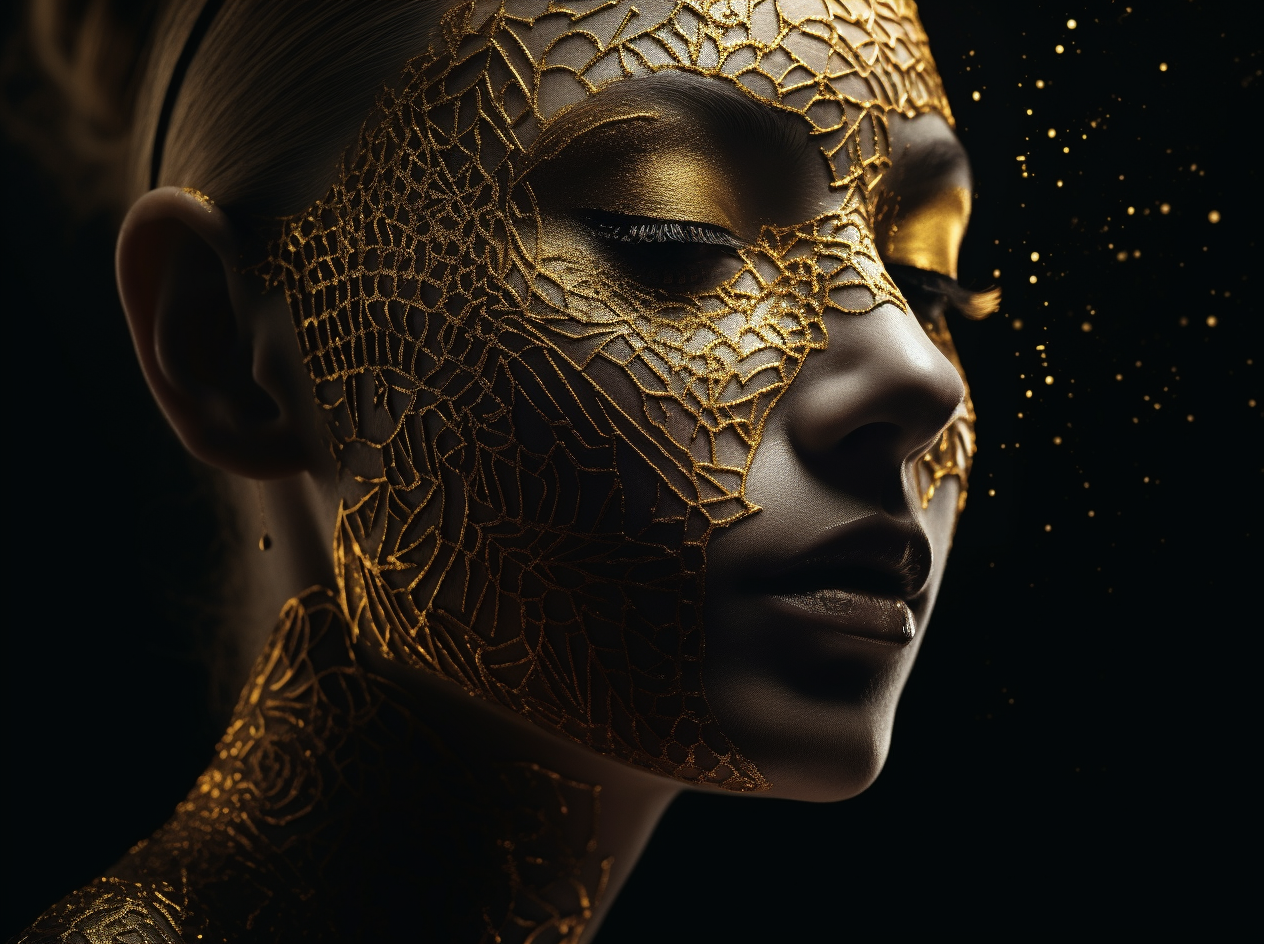
Embracing Transparency: Adding AI-Generated Information into EXIF Metadata

AI has managed to weasel its way into our lives like an uninvited guest that—despite initial reluctance—eventually becomes the life of the party. And with MidJourney 5, it seems AI now fancies itself as a photographer. Surprisingly, the results are so convincing that sometimes you can’t tell that it’s not one. Sure, there is usually some weirdness with the eyes or hands that rival the size of Paul Bunyans, but all in all, the results are pretty astounding.
Brands everywhere are engaged in a public conversation about the extent of their reliance on AI. Sometimes it’s used for creative exploration. Sometimes it’s used for smaller assets or illustration generation. Now that it’s capable of full-photography image generation, it opens up a new realm of possibilities when it comes to advertising campaigns. We’ve all seen those lobbyist-backed-high-cost-drug commercials that put "Portrayed by Actors" across the bottom. We’ve also seen campaigns that say something akin to "Real people, paid for their testimonials."
But what if they aren’t real people at all?
Part of the challenge is that there isn't much context for determining what's generated and what isn't. It's as if we're waiting for a hero to swoop in and provide a reliable method for unmasking AI content. While some twiddle their thumbs waiting for said hero, we've come up with our way to approach transparency in our work.
Enter the realm of EXIF metadata, where "Exif.Image.Make" typically houses the manufacturer of recording equipment. It's a cozy little space that could easily accommodate the source of the image (i.e., whether it's human-made or AI-generated). Where you’d typically see “NIKON” or “CANON”, you will now see “Midjourney” or “Stable Diffusion”.
So, in an effort to be transparent, we've decided that if we use AI for photography, the generator will take up residence in that EXIF field.
Method 1: The easy way
We’ve built a quick web application that will do most of the work for you. Just go to aitoexif.com, upload your image, pick the generator, and you’ll get your image back—fully tagged and ready to go.
Method 2: The still easy, but slightly more manual way
For those of you using MacOS, here's a quick rundown of how to update the EXIF metadata on a photo:
- Open the photo in Preview.
- Click on 'Tools' in the menu bar and select 'Show Inspector.'
- Navigate to the 'EXIF' tab.
- Locate the 'Exif.Image.Make' field and enter the appropriate AI generator information.
- Save your changes, and voilà—a small, but important bit of transparency achieved.
For those on Windows:
- Download and install a third-party EXIF metadata editor, such as Exif Pilot, ExifTool, or GeoSetter.
- Launch the chosen EXIF metadata editor.
- Locate and open the photo you want to edit within the application.
- Find the "Exif.Image.Make" field (the exact location may vary depending on the application).
- Enter the appropriate AI generator information into the "Exif.Image.Make" field.
- Save your changes by clicking the "Save" or "Apply" button, depending on the application.
- Close the EXIF metadata editor.
TBH, this is a short-term solution
Let's be clear: It's only a matter of time before new tech emerges that can differentiate between AI-driven content. Until that day arrives, we'll do our best to stay transparent about the role AI plays in our creative process. After all, honesty is the best policy… or so they say.